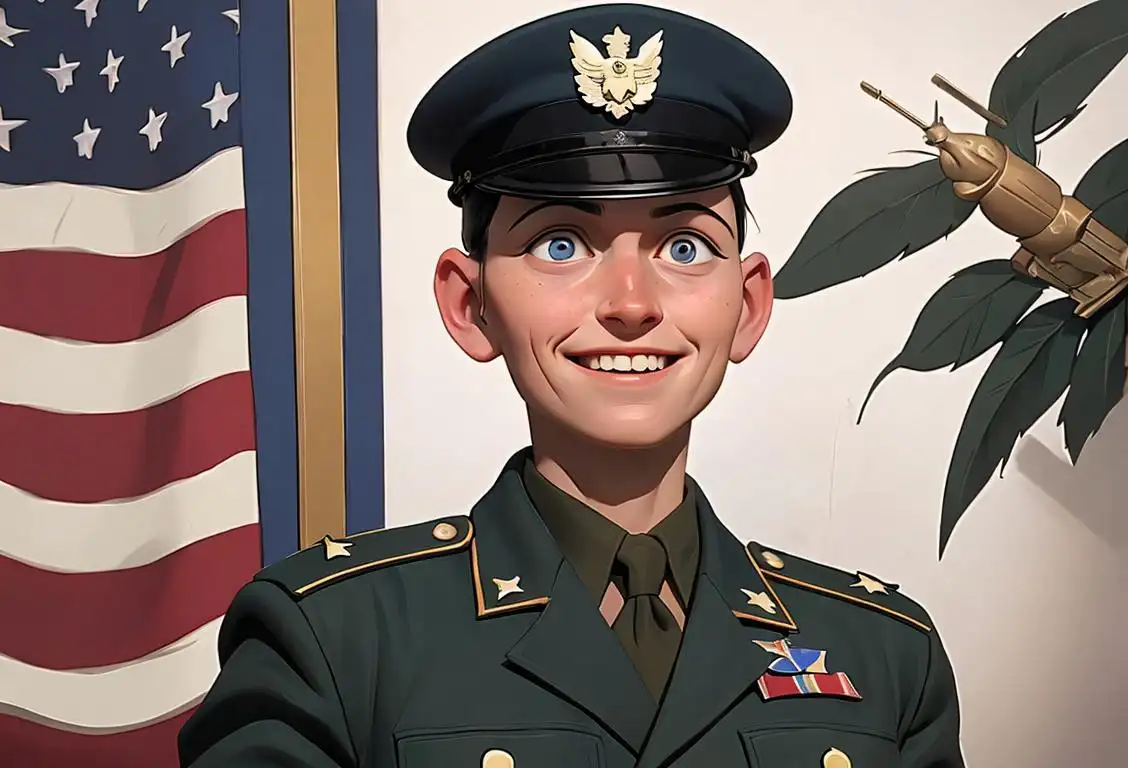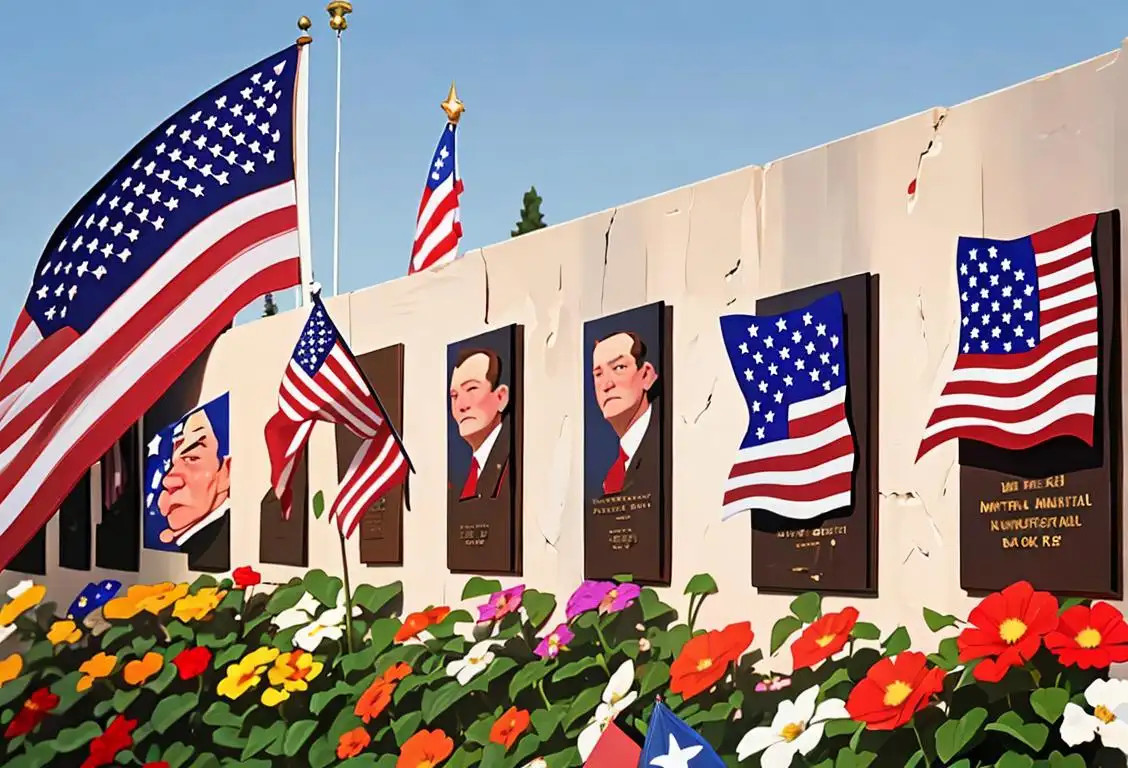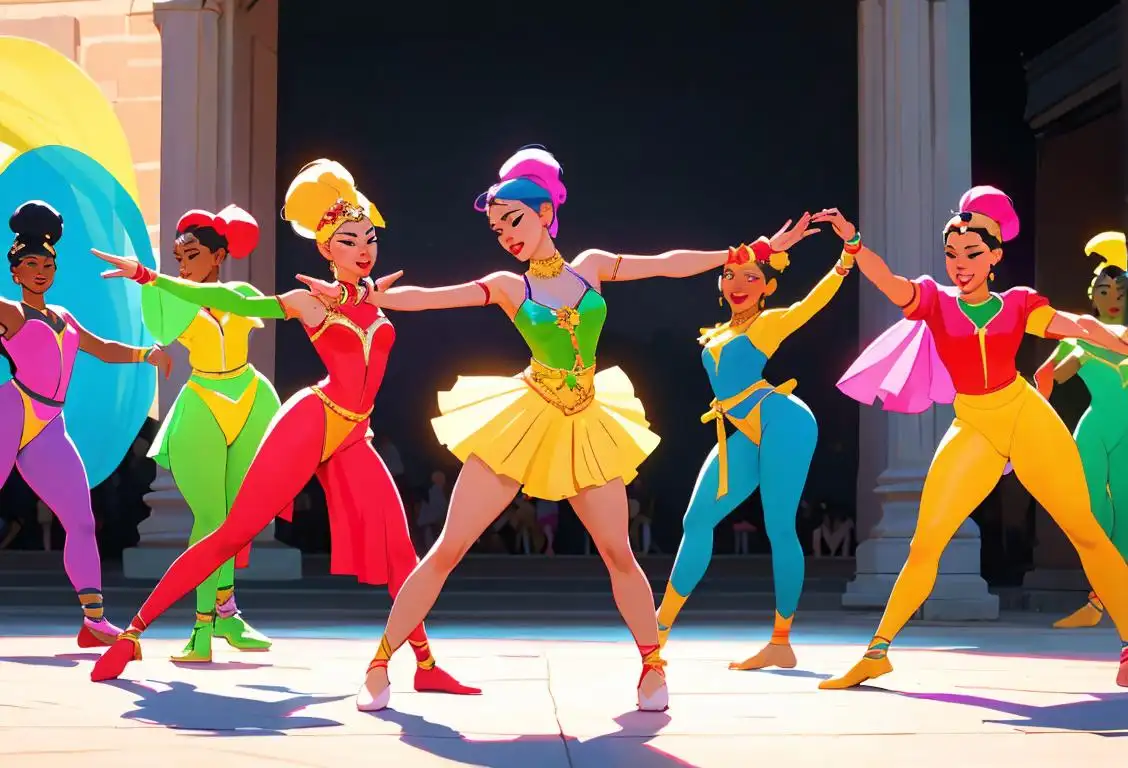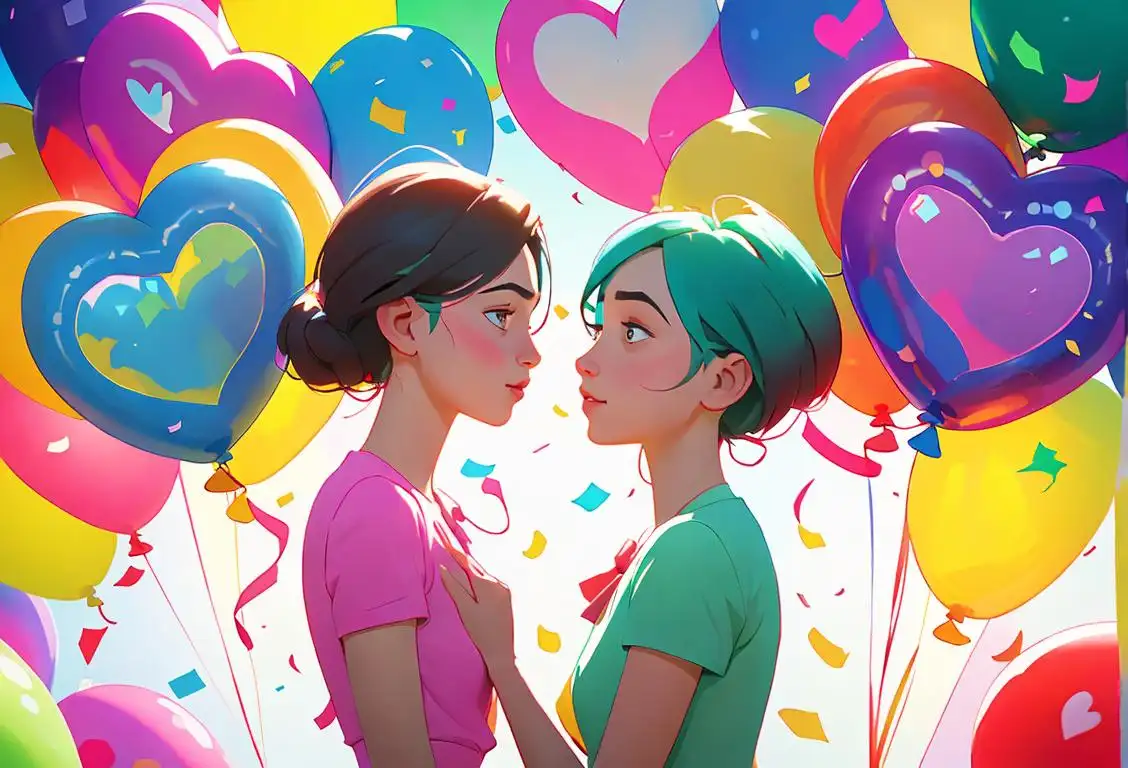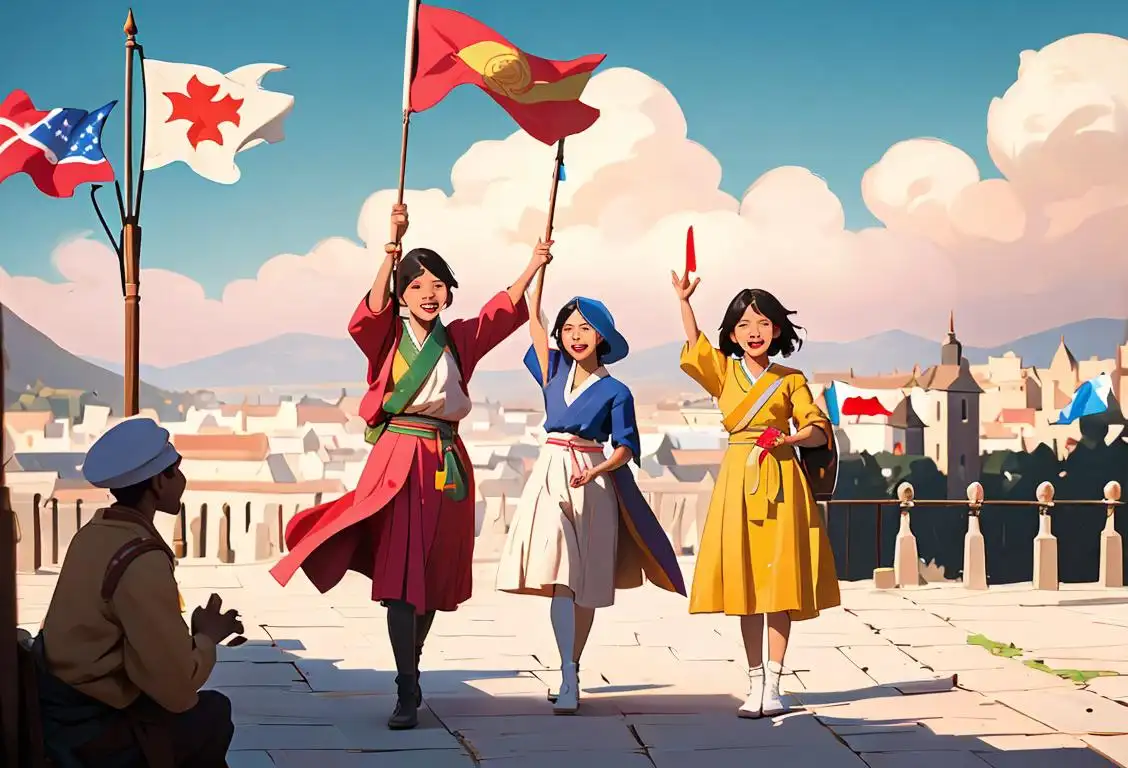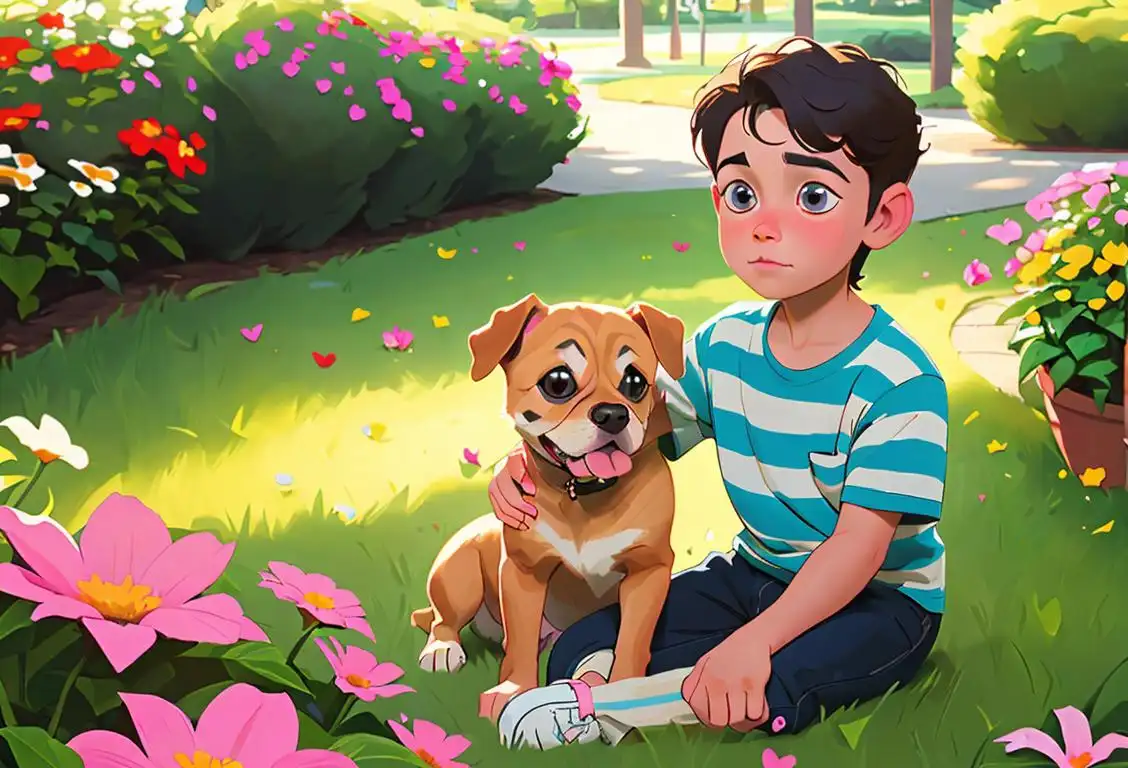National Bee Day

Welcome to the buzzing world of National Bee Day! Prepare to don your beekeeper suit and dive headfirst into the sweet nectar of bee-inspired knowledge. Did you know that bees are like the original internet? They're constantly buzzing around, spreading important information about where to find the best flowers and which bee dance moves are in style. So let's don our virtual wings and explore the fascinating history of National Bee Day!
When is Bee Day?
It's national bee day on the 7th April.
The Internet of Bees
If you thought the internet was a marvel of modern technology, just wait until you learn about bees. These little buzzers have been working together to share information for millions of years. You see, bees have a unique form of communication called the waggle dance. When a bee finds a patch of flowers, it returns to the hive and performs a dance that tells its sisters where to find the goods.
It's like a high-stakes game of bee charades, with the hive's future depending on the accuracy of the dancer's moves. Researchers have even discovered that bees can communicate the exact distance, direction, and quality of a food source through their waggle dance. Move over, Twitter. Bees were tweeting before it was cool.
Bee-autiful Facts
Did you know that bees have five eyes? That's right, they have three small eyes on the top of their head and two larger ones in front. And unlike us humans, their eyes can detect ultraviolet light, allowing them to see patterns on flowers that are invisible to our feeble peepers. Talk about seeing the world in a whole new light!
And here's a fun bonus fact: Bees have dedicated body parts for carrying pollen. These fuzzy little creatures have pollen baskets on their hind legs, sort of like built-in fanny packs. They gather pollen from flowers and pack it into these baskets to bring back to the hive. They're like tiny botanical backpackers, always prepared for their next journey.
History behind the term 'Bee'
Old English period (450-1100)
The Origins of 'Bee'
The term 'bee' can be traced back to the Old English period. In Old English, the word 'bēn' was used to refer to various types of bees, including honeybees and bumblebees. The word was derived from the Proto-Germanic word 'bainō', which indicated a buzzing sound. During this time, beekeeping was a common practice, and bees were highly valued for their honey and wax production.
Middle English period (1100-1500)
The Evolution of 'Bee'
In the Middle English period, the term 'bēn' gradually transformed into 'bee'. This change in spelling reflected the evolving pronunciation of the word. The Middle English era saw an increased interest in bees and beekeeping, with the establishment of specialized apiaries and the emergence of beekeeping as a respected skill.
Early Modern English period (1500-1800)
The Wider Usage of 'Bee'
During the Early Modern English period, the term 'bee' became more widely used and recognized. It was not only used to refer to the buzzing insects but also gained additional meanings. 'Bee' started to represent a social gathering or a communal working event, where people came together to help one another. This usage stemmed from the idea of bees working cooperatively in a hive. The concept of a 'bee' started to extend beyond just beekeeping and became a metaphor for collective action and community spirit.
Contemporary Usage
The Modern Day 'Bee'
In modern times, the term 'bee' continues to carry its original meanings, representing both the insect and the social gathering. Additionally, 'bee' has also grown to encompass new contexts, such as Spelling Bee competitions, where individuals compete to spell words correctly. The word has become deeply ingrained in our culture, evoking images of industriousness, cooperation, and the power of community.
Did you know?
Did you know that bees have five eyes and can see ultraviolet light?Tagged
awareness funFirst identified
20th August 2016Most mentioned on
7th April 2018Total mentions
823Other days
Nurses Day
Former Prisoner Of War Recognition Day
Press Day
Handloom Day
Heroes Day
Memorial Day
Dance Day
Bestfriends Day
Liberation Day
Love Your Pet Day

